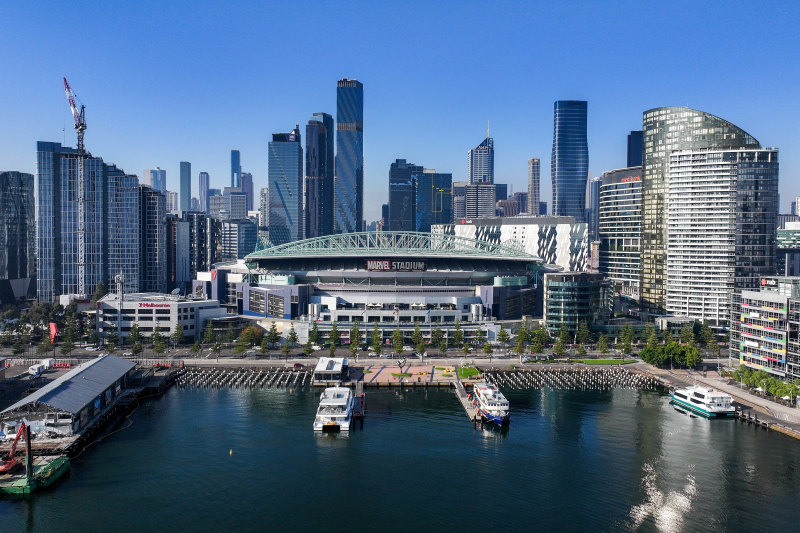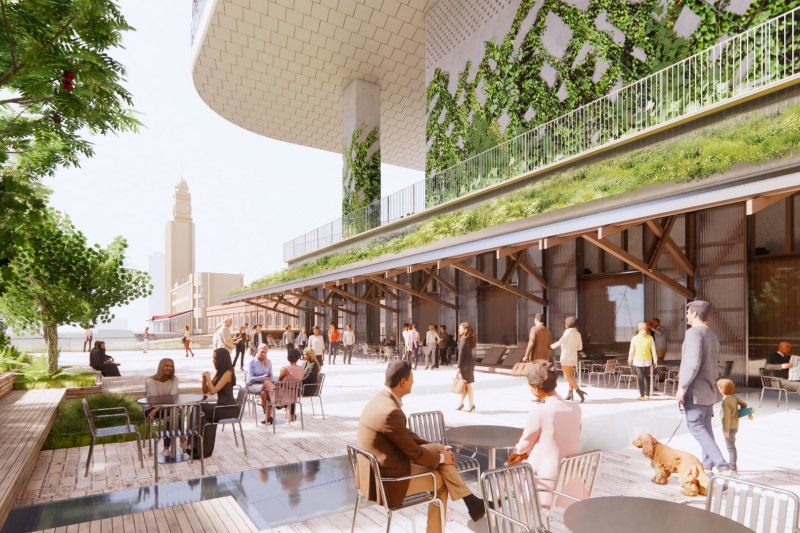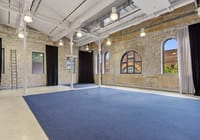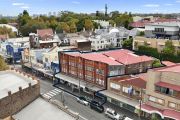
Sublease space shrinks as big corporates put brake on handing back office space
Big corporates trying to find other occupants to sublet their unwanted offices are struggling to compete with landlords who are offering big incentives in rent deals.
Tech giants like Atlassian, Salesforce, Meta and X were once seen as the saviour of landlords because of their large-scale leases. They are now wary of taking up new space, accounting for just 16.5 per cent of sublet space.

These groups are also cutting back on subleasing unwanted offices which has eased the pressure on the office market’s underbelly. In Sydney, Atlassian and Dexus are still pushing ahead with the tower in Sydney’s $2 billion central tech hub.
Sublet space is considered a key indicator of the health of commercial office property as it measures the unwanted or excess floors in city towers.
Where a company once needed 10 floors, they have commonly given five back to the landlord. Firms are also putting the brake on handing back unused office space because of the high costs of relocating.
The latest CBRE sublease barometer for the first three months of 2024 reveals the volume of excess space in Sydney’s CBD dropped substantially to only 1.7 per cent – its lowest level since January 2022.
Overall, unwanted space given back by tenants in Sydney has declined by 41,000 square metre in the first quarter of the year to 88,758 square metres.
That was driven by strong leasing activity in higher quality offices and the withdrawal of 20,000 square metres of space listed by a single tenant at the end 2023, said to be a tech firm.
CBRE associate director Thomas Biglands said the recent recovery in return-to-office rates in Sydney is slowing efforts by larger occupiers to downsize their occupancy footprints using the sublease market.
The wave of large sublease listings slowed drastically in the three months to March, with only four new sublease listings of greater than 1000 square metres coming to market.

The ANZ Bank in Sydney is reviewing space at its 161 Castlereagh Street tower. In Melbourne, NBN has 16,000 square metres excess at 655 Collins, formerly known as Media House when it was home to The Age newspaper.
CBRE office senior leasing director Chris Fisher said sublease space with high quality fit-outs are popular with tenants in a “flight-to-quality and a flight-to-value” that is leaving older buildings empty and unloved.
“Tenants are taking advantage of high incentives in the form of rent reduction to relocate to quality office space on favourable terms,” Fisher said.
The average level of incentives – landlords offering free fit-outs or other rent inducements – in Sydney is peaking around 35 per cent in premium buildings and is even higher in lower-grade properties.
Fisher said contraction from hybrid working is behind 79 per cent of the sublease space handed back in the first three months of this year. But CBRE data shows workers are returning to offices in “ever-growing numbers”.
Excluding the traditionally quieter holiday months of December and January, Australia’s CBD office occupancy rate averaged 76 per cent of pre-COVID levels in the three months to March, up from 67 per cent for the same period last year.
CBRE’s Tom Broderick said the agency expects occupancy levels in Australia to continue to rise over the remainder of the year.
“Businesses are continuing to incentivise workers to encourage this return to office theme and are also investing in higher quality accommodation to earn the commute,” he said.











